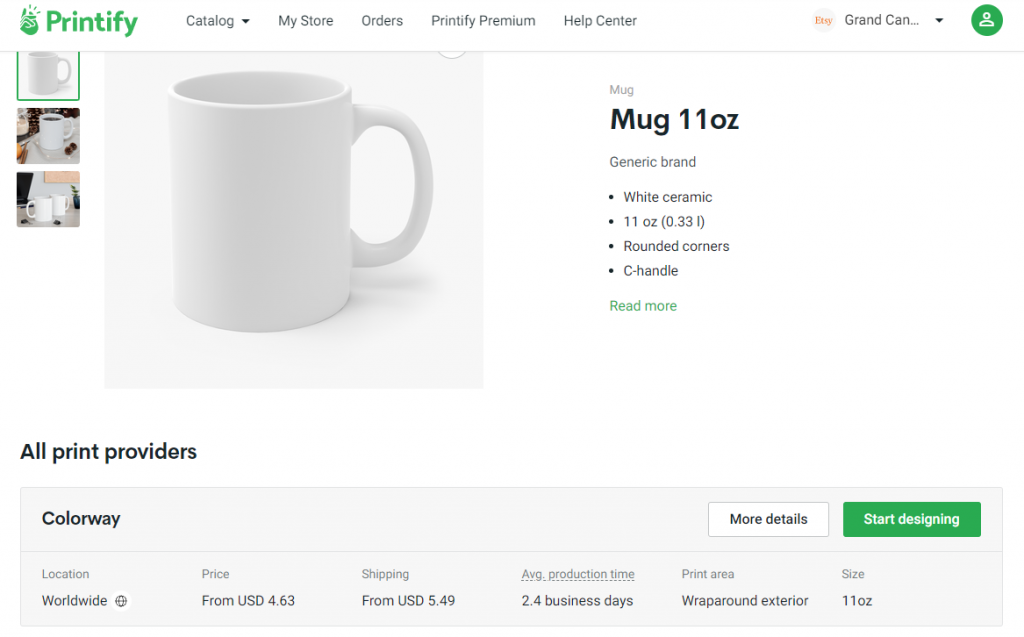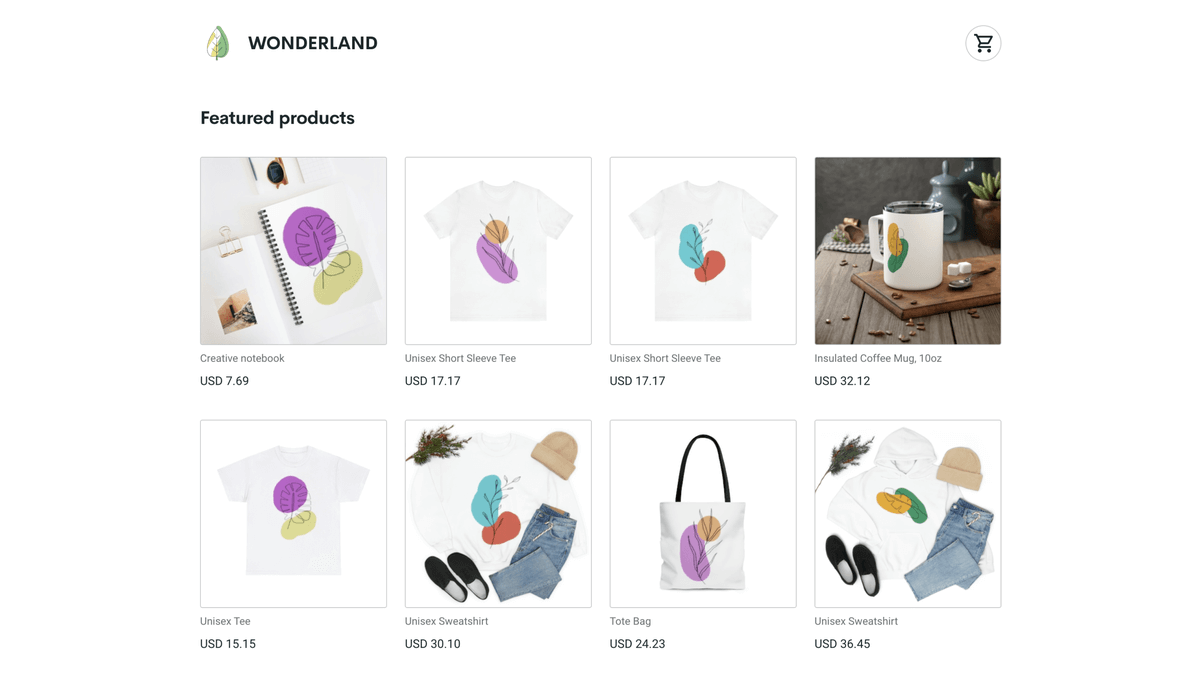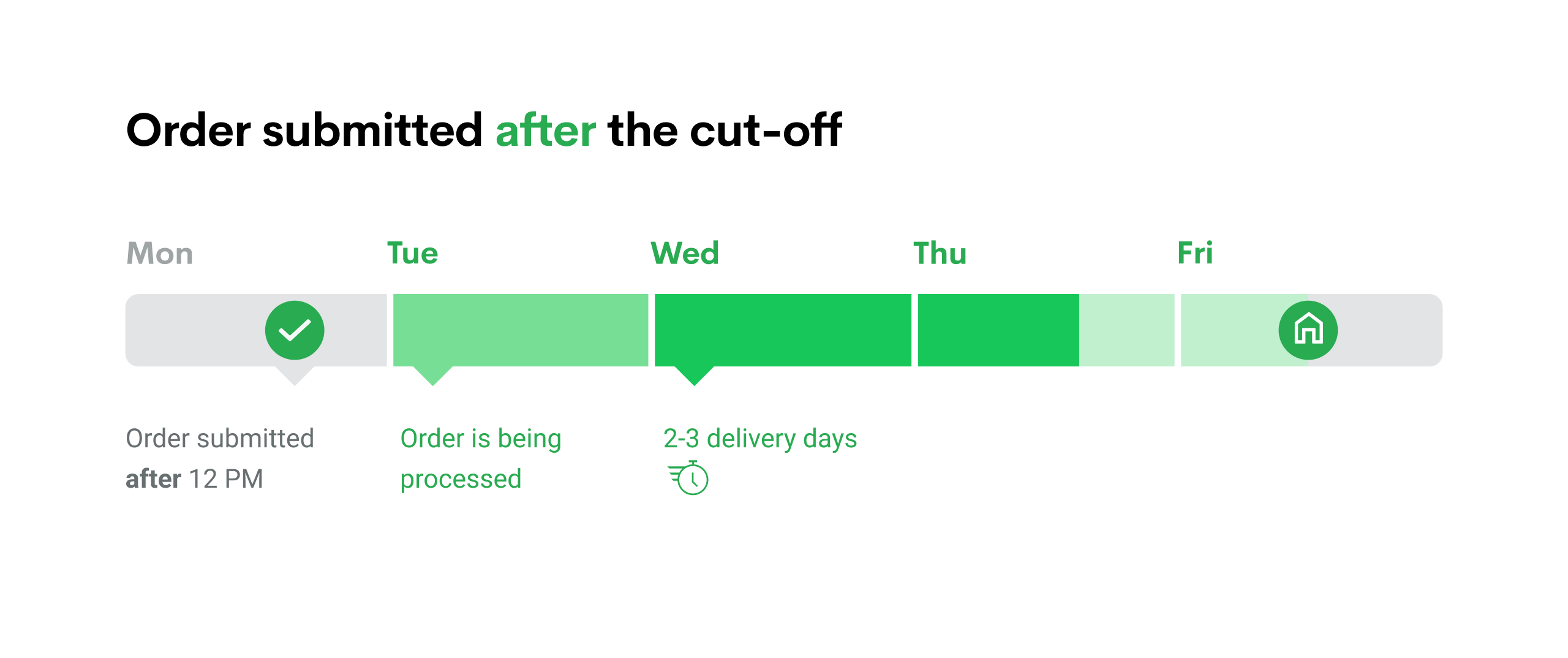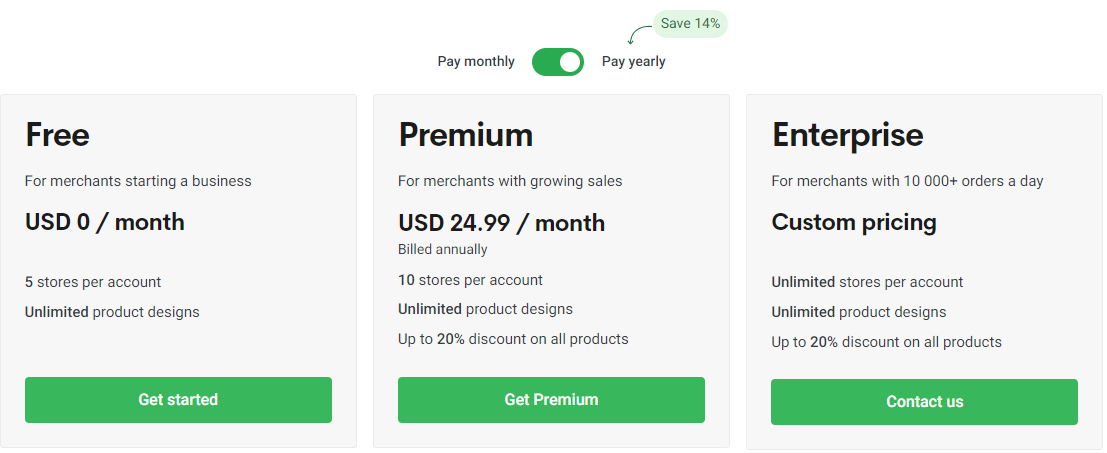I wanted to sell t-shirts. Simple as that.
I didn’t want to hold inventory, pack boxes, or spend my weekends at the post office. I just needed a way to upload designs, get them printed, and shipped without babysitting the whole process.
Printify popped up while I was looking at POD (print-on-demand) platforms. The idea that I could sell to customers without ever touching a single product was the hook. So I signed up and started building.

Creating a Printify account took maybe five minutes. No payment required, no weird setup hoops. Once I was in, the dashboard made sense. I connected it to my Shopify store, and everything synced up easily.
If you’re using Etsy, WooCommerce, or BigCommerce, they’ve got integrations for those too. I stuck with Shopify because it’s what I already had going.
The first thing I did was pick a product—Gildan 5000 t-shirts in black—and upload my design. Their editor lets you drag, resize, center, and preview it on a mockup. It’s not a full design studio, but it’s enough to get a clean product live.
What Printify Offers (And What Makes It Different)
Here’s what sets Printify apart from most other POD platforms I looked at: they don’t print anything themselves.
They’ve got a network of third-party print providers—some in the US, some international. When you select a product, you choose which print provider to use. Each one has its own prices, shipping speeds, customer ratings, and print locations.
That might sound like more work, but it gives you control. I was able to test a few different providers and stick with the ones that delivered consistent quality and faster shipping to the US.
Some people don’t like the idea of bouncing between providers. I liked the flexibility.

How Orders and Fulfillment Actually Worked
I listed five shirts and a hoodie to start. Got my first order two days later.
Here’s what happened behind the scenes: Printify automatically routed the order to the provider I’d chosen for that item. They printed it, packed it, and shipped it to the customer—no input from me. I didn’t even have to click a thing.
Tracking info got sent to Shopify automatically. The customer got their notification.
From order to doorstep, that first delivery took 6 business days. Not Amazon fast, but for a made-to-order item? That’s solid.
Print Quality and Product Experience
This part matters.
Not all print providers are equal. Some nailed it—great color, clean print lines, no weird chemical smell. Others? Not so much. I had one provider send a shirt with the design printed too low. Another one had off-centered artwork.
That’s why I always recommend ordering samples first. I spent about $70 upfront testing shirts from three providers, and it paid off. The best one became my go-to for the rest of the year.
If you skip this step, you're gambling with your reputation.

Shipping Times and Costs
Shipping time depends on the provider and the customer’s location. US-based providers were quick. Most orders landed within 5 to 8 business days. International providers took longer—sometimes 10 days or more.
Shipping costs vary too. Some providers charge $4, others $7+. If you’re offering free shipping to your customers, you’ll need to factor that into your product pricing or it’ll eat your margin. I ended up pricing my shirts around $26–$30 to leave room for both production and shipping while still making profit.
Customer Support and Platform Stability
I only needed customer support once—an order was stuck in production. I used the live chat, and someone replied in under ten minutes. They contacted the provider and sorted it out within the day.
Not everyone has had the same experience—I’ve seen mixed reviews—but for me, it worked when I needed it. Platform-wise, Printify has been stable. No weird bugs. No random downtime. The dashboard is clean, the product creation flow works, and syncing with Shopify hasn’t caused issues.

You can run a full store on the free plan.
But if you’re serious about making money, the Premium plan is where it’s at. $29/month gets you up to 20% off on most product base costs. That adds up fast once you’re getting regular orders.
I switched to Premium after my fourth sale and made the subscription fee back within the week. There’s also an Enterprise plan if you’re pushing serious volume, but that’s a conversation for another day.
Things That Could Be Better
There’s no perfect platform. Here’s where I think Printify could improve:
-
You can’t always tell how reliable a provider is until you try them. The rating system helps, but it’s still trial and error.
-
Some providers take longer to ship during the holidays. You don’t always get a heads-up.
-
There’s no built-in returns management. That’s on you.
It’s manageable, but it’s good to know going in.

Should You Use Printify for Your Online Store?
If you want to run a print-on-demand business without managing inventory, Printify gets the job done.
You get access to a wide catalog of products, full control over your providers, and clean integrations with major ecom platforms. As long as you’re willing to test a few products and stay on top of provider quality, it can be a profitable setup.
Would I recommend it to someone starting out? Absolutely.
But go in with your eyes open. Order samples. Check shipping times. Build your pricing with margin in mind.
If you treat it like a real business and not just a side experiment, Printify can actually deliver.
It did for me.
Give Printify A Try!






